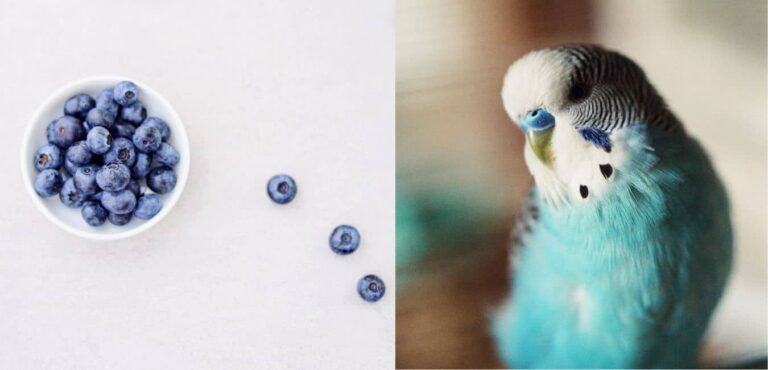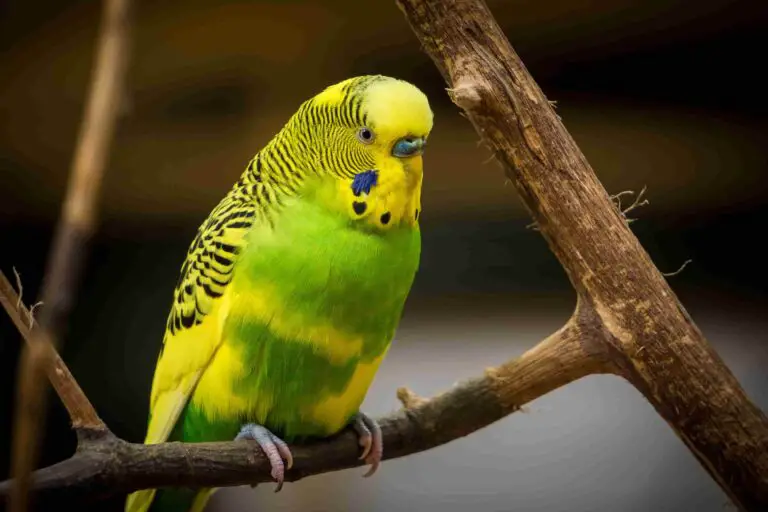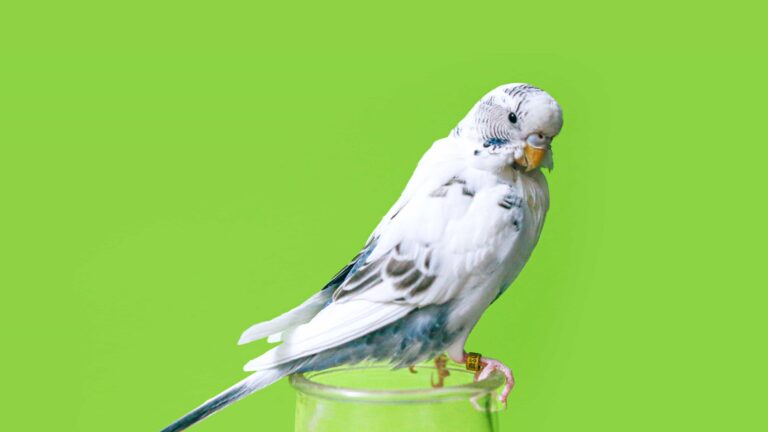Can Swans Fly? If YES then How Fast, How High, and How Far

Most swans can fly almost to the top, but only a few can fly through the air, such as underground swans or domestic swans. Like other migratory birds that fly for seasonal travel, swans fly at high speed to migrate from cool places to temperate ones.
Swans can fly at speeds of 60 miles per hour or more. Swans belong to the family of giant birds called Anatidae and to the genus Cygnus. They are close relatives of ducks and swans.
Swans love to live in green terrain near slow lakes, rivers, pools of water, and streams. There are many types of swans.
Almost all swans can fly higher, but some swans cannot fly in the air because that type of swan is called a land swan or captive swan. In general, small geese have 1,500 to 3,000 feathers.
How fast can swans fly?
Swans fly around 20 to 30 miles per hour, although the flocks, known as the tailwind, have been recorded at speeds of 50 to 70 miles per hour and soar high at about 6,000 to 9,000 feet. Of course, there is a difference between the speed at which a bird can fly and the speed at which it can normally fly.
When the bird is “around the house”, it can do one of two things, minimize energy use each time, minimize metabolic rate or distance travelled per unit of energy used.
The swan is one of the largest, fastest, and flightless birds and one of the longest-lived birds.
Swan that lives up to 19 years in the wild can live up to 50 years in captivity and generally mate for life.
How high can swans fly?
Swans fly about 18 to 30 miles per hour. The average altitude for most migratory swan species is often thousands of feet; Let’s say 2-4 thousand feet.
Swans are usually seen flying 7-8,000 feet during migration. The current record holder is the hooper swan (Cygnus cygnus), which pilots see at an altitude of 29,000 feet.
That attitude should be seen as an exception, and it is not a normal occurrence.
Can All Types of Swans Fly?
Yes! All kinds of swans can fly; most geese species fly only during the day and stop resting and feeding at the end of each day and return to the air the next morning.
This allows these large birds to fly between 300 and 400 miles generally per day.
All species of swans can fly very high and fast.
Although swans adorn the water, they can also move very quickly in the air. Like other migratory birds that fly seasonally to migrate, geese also migrate downtown at high speed at high temperatures.
WHY DO SWANS FLY?
Swans, also known as migratory birds, move from cold to warm climates because they cannot survive cold and harsh weather conditions. Many swans travel in groups or pairs before winter when lakes, streams, and rivers freeze.
Some swans don’t move much because they have to stand next to a small seal. They are taught to fly and forage.
Swans are some of the heaviest birds, so they need all the help they can get. The commercial result is that the bones are weaker than other animals. As a result, the geese will be easier to remove the wings that hit an adult hand.
Do Swans Fly-in V Formations?
The swan flies in an inclined line or a “V” shape. Leaders do the most challenging work. He was the first to go through the air. This makes flying easier for birds to follow.
Swans fly in the shape of diagonal lines or the letter V. Begin to push the air. This makes it easier for the bird to fly behind him.
The birds take turns leading the flock. When one bird gets tired and falls, another bird takes over.
Some birds prefer to fly to the left in V-formations, some to the right, and some to the middle. 6 Birds rotate up and down periodically to distribute flight fatigue equally among flock members. Geese, ducks and geese often form V-shaped spirals. Therefore, the flight pattern differs around the preferred V type and does not stay.
Flying in V design is not just about the position but also about flapping time. Canadian geese, ducks, and swans often form V-shaped skeletons.
In this way, the flight structure varies around the V-shaped forms and is not consistently maintained.
A V-shaped structure is the symmetrical shape of the flight of grasses, swans, cabbages and other migratory birds, improving their energy efficiency.
Typically, the larger the bird flies on this fly, today’s birds create more complex canyons that are more difficult for birds to take advantage of.
Can English swans fly?
They cannot fly for about six weeks from when they lose their wings until they are brand new.
They are part of the Anserine subfamily, including the Anatidae family, which includes geese and ducks. Many geese live in cold regions, such as northern Europe, Asia, and North America. They live in the water.
Can domestic swans fly?
No, our swans will be immobilized and will not fly. However, geese can walk, so a 3 ‘fence around your property will prevent them from moving.
Young geese do not reach the ability to fly before 120 to 150 days of age. This limits the species’ distribution to the extreme north of its range because swan chicks need to learn to fly before ponds and lakes freeze.
Domestic geese are not migrants, but they do fly locally during different seasons. Since we know that swans have large wings and massive bodies, they can fly high and fast in the sky.
These swans can fly hundreds of miles a day with food, great places, and their companions. Whooper swans will fly non-stop in spring from Scotland to Iceland.
Mute swans can defend their nests very aggressively and are very protective of their mates and young. Most of the silent swan’s defensive attacks begin with a loud hiss.
If that’s not enough to ward off the predator, a physical attack follows.
Why can’t swans fly?
That’s because of the way their bones are built. All flying birds have a honeycomb bone structure to make them as light as possible.
Swans are among the heaviest flying birds, so they need all the help they can get. The trade-off is that their bones are weaker than those of other animals.
This is due to the way your bones are made. All flying birds have the same type of bark on this honeycomb as singing oil to make it easier. Swans are one of the most threatened birds, so they need all the help they need.
The important part about swans is that they cannot fly for about six weeks from when they lose their flight feathers until new ones grow. Also, they cannot fly for about six weeks from the time they lose their wings until they have regenerated.
Can swans be removed from the soil? Yes, but they need at least 30 yards to get windy and the same again to reach a safe height to clear surrounding obstacles like a house.
They cannot fly for about six weeks from the time they lose their summer feathers to develop new ones. And as they land, German swans kick the water with their feet, either hitting successively or hitting at the same time to warn of potential intruders.
During the flight, the swan’s wings emit a rhythmic hum or whistle that takes more than a mile and can help the birds communicate with each other.
How far do Swans travel?
If we observe monthly, then the swans generally release in November in winter, and they have the height of the wild.
The research found that Britain’s Bewick swans have survived a remarkable long-distance journey roughly 4,000 miles from the icy tundra of Arctic Russia.
These types of swans do not travel by instinct like the other migratory birds, and they are the first to show the way through their parents’ swans. During migration, they can travel with groups of up to 100 swans or more.
They are very adaptable: they have adapted to eating agricultural waste as they have lost wetlands and food sources in the south. Did you know A group of swans is called a baby!
Can white swans fly?
The only other swan in New Zealand is the largest and rarest white swan. The mute swan is a very large white waterfall. It has a long S-shaped neck, a black base, and an orange-black bill. You fly with a long, normal neck and hit slowly.
How Fast do swans run?
Swans are weighted, so it takes a lot of effort to be able to fly.
Likewise, the rum from 30 to 30 miles per hour covers the water’s surface beating its wings until they take off.
Also, swans are heavy birds that use powerful flaps instead of gliding like other animals, eagles, vultures, etc.
They run up to 48 km / h (30 km / h) on the surface of the water, flapping their wings until they disappear.
About swans
Swans live up to their reputation of being very pretty and beautiful birds. Like curved necks, their body structure, elongated shape, and white feathers stand out amongst the lakes they reside on.
Even they are very large birds and can weigh up to approximately 30 pounds measuring anywhere from 54 to 60 inches in length.
An average life span would be 12 years of swans. If the swans live in protects the environment and gives proper observation, this figure reaches up to 25 to 30 years.
The best part is Trumpeter swans fly with their long necks and legs fully extended, rather than tucked. The swan trumpet has a long neck and legs without outstretched legs.
There is always one question that reminds us: What is the largest swan in the world? And the answer is Trumpet. The Trumpet is the largest water bird in North America and the largest swan in the world.
The Trumpet’s historic breeding range has spread across Canada to the east of the Bering Sea and south to Missouri, Illinois, and Indiana.
Tundra swans often fly hundreds of miles every day.
It flies at a speed of 18 to 30 miles [18 to 30 km] an hour, but a large herd of sheep is between 50 and 60 guards. They also flew high: 6,000 to 8,000 feet.
Unlike other birds, swans have teeth such as jagged edges in their beaks because they need to chew and tear solid foods such as meat and fish. They are very stylish and carry their features very nicely.
Adult males are called a cob, and adult females are called feathers. Infants are called Signet. The southern beam was a mix of white and black with red, orange, or black hues. Black pigs are native to Australia and New Zealand. South American “black-necked” swans have white bodies and black necks.
The swan is extremely intelligent and has sharp eyesight and impeccable hearing. Swans tend to melt every year in July or August. During this period, they cannot fly for about six weeks from the time they lose their aircraft feathers until they reach new growth.
A male swan is called a Cob. The female is called a Pen, and the young of the year are called cygnets.
There are six varieties of seeds:
- The naked black swan
- The black swan
- The muted swan
- The black lion
- The bitter swan (the idiot and the whistle)
- The mute swan
What is the biggest swan?
The swan trumpet is the largest waterbird and the heaviest and longest domestic bird in North America. And the speciality is that It is the largest living bird or animal that can fly and, in the form of overweight, is the largest bird globally.
These ghazals’ natural populations come from the Pacific coast and parts of the United States and fly into V-shaped caves.
The liberated population is often non-resident. Instead of their trumpets, Trumps are fully extended with their long necks and feet.
Trumpan swans appear pink or purple orange at the bill’s base, while the tundra shows no colour or opacity.
The Trumpet has a longer, longer bill, a more prominent image, and a high shape (like some canvas boxes). The tundra has more rounded heads and slightly marginal lips.
Mute swans
The dumb filling is very uncomfortable—their song “dances” in a loud and sweet voice. Like the swan song, the idea that swings are just death singing when it dies is a myth.
Each genre will be a flat water dance hall, with some variations. Australian black pigs have their unique animals for mating.
Eurasian Bewick talks quietly to each other after the swopper swan and the whistling swan.
The mute swan is not at all calm. And Each species becomes a flat water theatre wedding dance, although there are some differences.
Black pigs in Australia have unique animals for mating. The Eurasian Bewick’s, whooper, and whistling swans gently call out to each other after they’re done.
It’s part of a courtship ritual, in which pairs face each other and, with a ruffle of feathers and lifted wings, bow gracefully. It is part of the court ritual, in which the joints are facing each other and, with a twinkling of feet and outstretched wings, hold tight.
All six Swan breeds perform this kind of matching dance, as if with some variations. Australian swine are particularly feminine in attracting a relative. The MUTE swan is a very large white waterfall.
It has a long S-shaped neck, a black base, and a black-orange beak. You fly with a long, normal neck and strike slowly.






